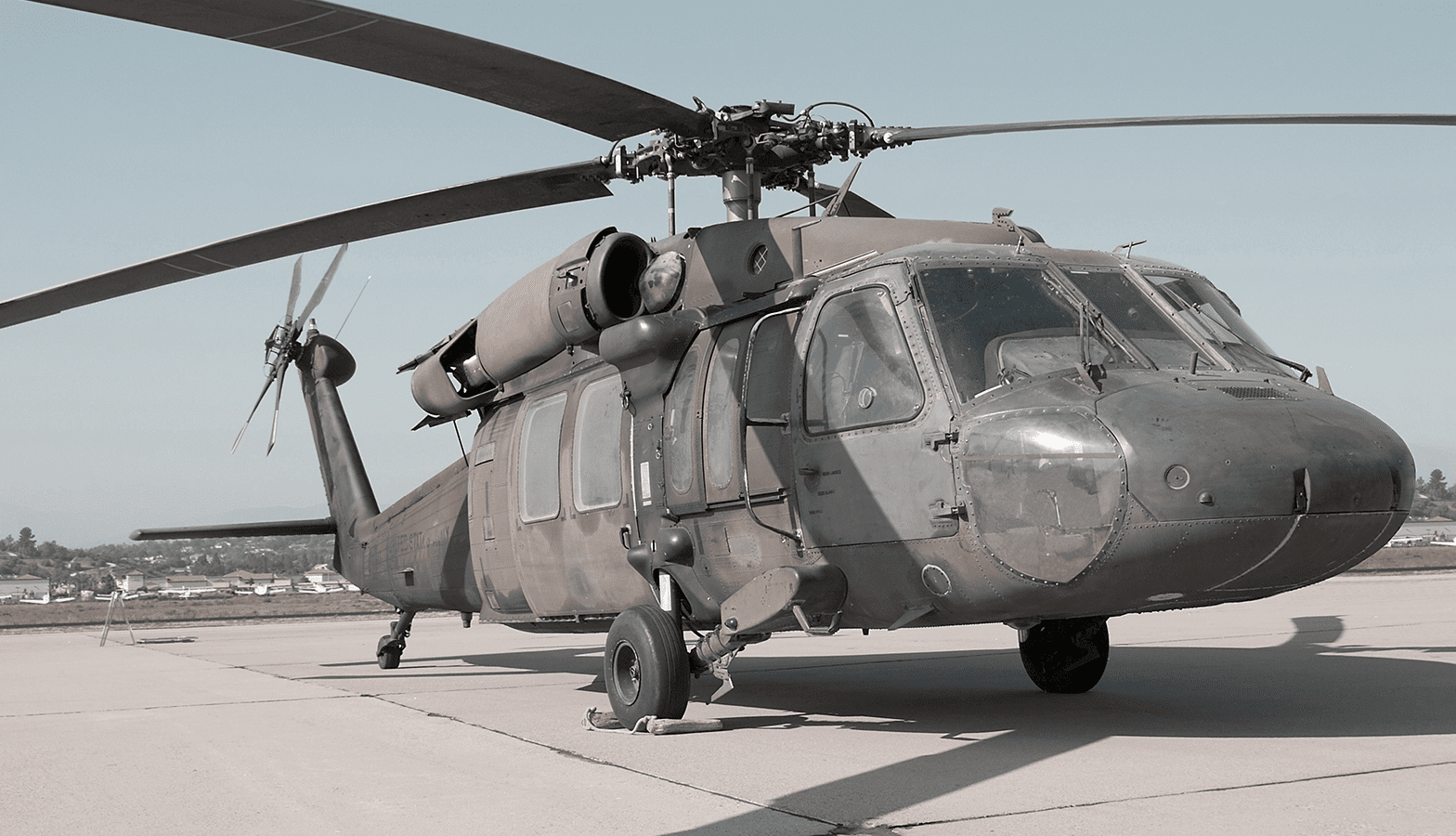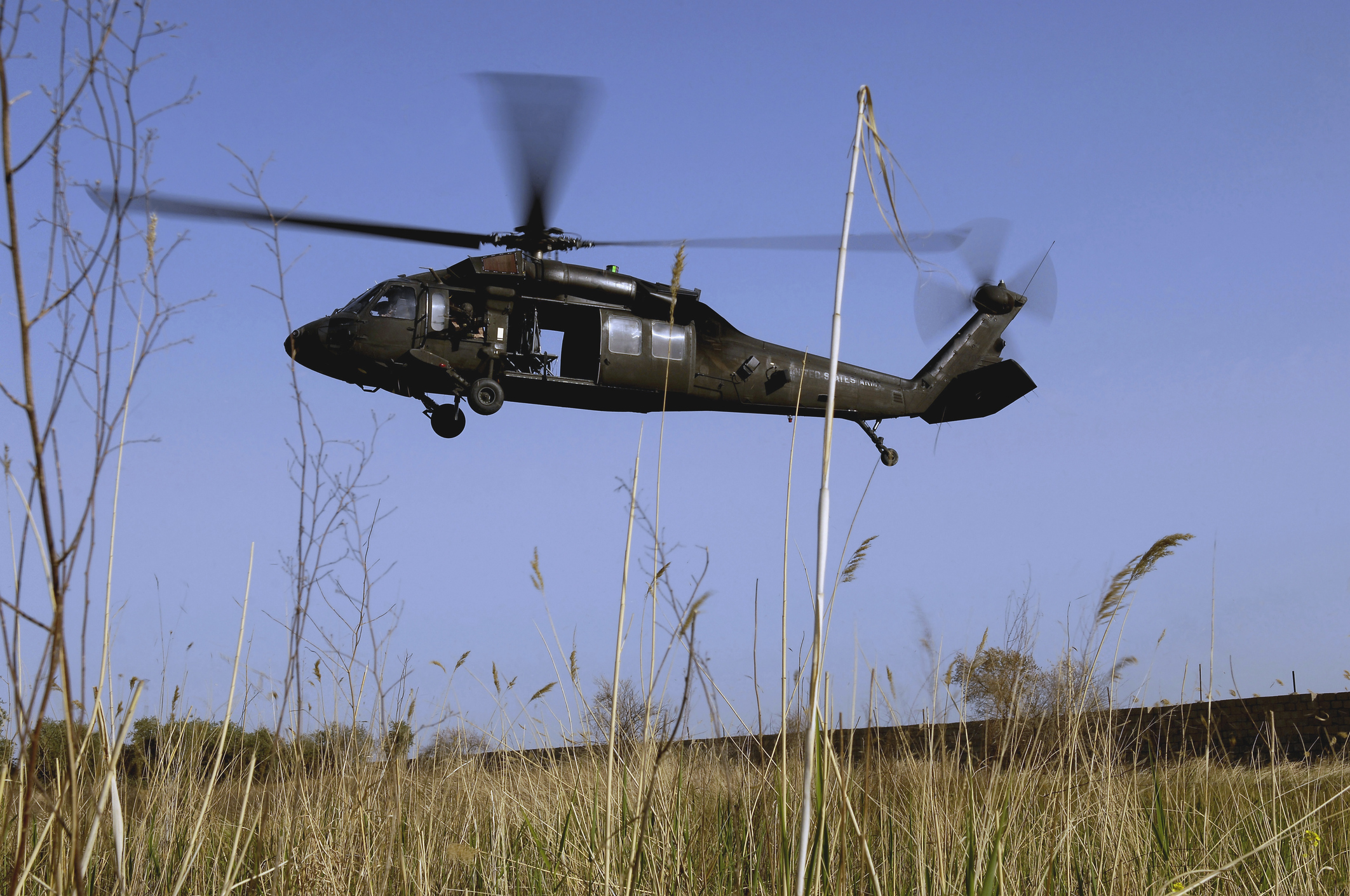UH 60 Helicopter Overview: Key Features and Capabilities for Military Missions
Discovering the Background and Advancement of the UH 60 Helicopter

Beginnings of the UH-60
The beginnings of the UH-60 helicopter can be traced back to the late 1960s, a duration noted by the requirement for a flexible utility airplane that might adjust to the evolving needs of modern war. The U.S. Army recognized the necessity for a substitute for the older UH-1 Iroquois, which was coming to be progressively insufficient for the intricacies of contemporary battle scenarios. In 1967, the Army started the Energy Tactical Transport Airplane System (UTTAS) program, which looked for to create a multi-role helicopter qualified of various missions, consisting of army transport, clinical discharge, and logistical assistance.
The design competition attracted several aerospace producers, however it was Sikorsky Airplane Company that inevitably secured the contract in 1972. The UH-60 Black Hawk was presented, showcasing innovative style elements and advanced technology that established it aside from its predecessors. Its first flight took place in 1974, and the aircraft was formally embraced by the Army in 1979. The UH-60 promptly obtained acknowledgment for its durable performance, dependability, and flexibility, paving the method for its extensive use in army procedures and solidifying its standing as a cornerstone of U.S. Military air travel.
Secret Layout Attributes
Innovative style attributes of the UH-60 Black Hawk considerably contribute to its operational effectiveness. One of the most remarkable aspects is its twin-engine arrangement, which boosts reliability and supplies a higher power-to-weight ratio, enabling the helicopter to perform under numerous problems. The aircraft's four-blade major blades system uses boosted lift and ability to move, crucial for tactical missions.

In addition, the cabin is created for optimum presence and ergonomics, including sophisticated avionics that simplify pilot operations. The modular style of the UH-60 allows for very easy upkeep and adaptability, making it ideal for various goal accounts, from army transport to medevac operations. These key layout features make sure that the UH-60 Black Hawk continues to be a trusted and versatile property in army aeronautics, with the ability of fulfilling the demands of contemporary warfare.
Technological Innovations
Recent technological advancements in the UH-60 Black Hawk have dramatically improved its functional capabilities and versatility. The combination of sophisticated avionics, such as electronic flight control systems and boosted situational understanding screens, allows pilots to operate with boosted precision and effectiveness. These systems help with enhanced navigating, communication, and data sharing, making it possible for the helicopter to function properly in varied atmospheres.
Furthermore, the intro of composite materials has actually minimized the total weight of the airplane while keeping architectural stability. This reduction improves fuel efficiency and extends functional range. The unification of innovative blades modern technology, including making use of four-blade, fully articulated rotor systems, has actually boosted lift performance and ability to move, allowing for better handling in various flight conditions.

Furthermore, advancements in propulsion systems, such as the T700-GE-701D engines, have enhanced power output and dependability - uh 60. These engines add to exceptional efficiency in hot-weather and high-altitude problems
Lastly, the combination of self-defense systems and enhanced sensor bundles boosts the Black Hawk's survivability and goal performance. Jointly, these technological improvements make certain that the UH-60 Black Hawk continues to be a crucial asset in modern aviation, efficient in adapting to the developing demands of altruistic and military objectives.
Role in Armed Force Operations
As the backbone of U.S. Military aviation, the UH-60 helicopter plays an important role in various military operations, working as a functional platform for fight support, transport, and medevac goals - uh 60. Its design integrates the capacity to run in diverse settings, making it essential for army movement and logistical assistance in both unique and standard war

In medical emptying situations, the UH-60 has actually shown very useful, considerably reducing the time to transfer damaged soldiers from the field of battle to clinical centers. Its innovative avionics and night vision capacities better make certain mission success under difficult conditions. On the whole, the UH-60 helicopter stays an essential asset, continuously adjusting to satisfy the evolving demands of army operations and improving the performance of U.S. forces you could try this out worldwide.
Future of the UH-60
Looking ahead, the future of the UH-60 helicopter involves significant developments in innovation and capacities designed to boost its functional effectiveness. As army operations evolve, the UH-60 is expected to include cutting-edge innovations, consisting of enhanced avionics, boosted weapons systems, and progressed communication tools. These improvements will certainly permit higher situational recognition and mission adaptability, making certain that the UH-60 remains an essential possession on the combat zone.
One notable development is the assimilation of fly-by-wire systems, which will enhance trip control precision and lower pilot work. Efforts to update the airframe and engines aim to enhance haul, speed, and variety ability, thereby broadening the helicopter's functional range.
The future also holds pledge for enhanced interoperability with unmanned aerial systems learn this here now (UAS), making it possible for coordinated goals that leverage both manned and unmanned abilities. Furthermore, the unification of expert system and artificial intelligence can enhance flight dynamics and maintenance procedures, resulting in decreased operational prices.
Verdict
The UH-60 Black Hawk helicopter stands for a substantial accomplishment in armed forces aviation, progressing from the U.S. Military's initial requirements for a flexible energy airplane. Its innovative design attributes and constant technological developments have actually guaranteed its relevance in numerous army procedures over the decades. As the demands of modern-day warfare modification, the future of the UH-60 will likely include more improvements and adaptations, enhancing its standing as an essential possession for armed forces worldwide.
The UH-60 Black Hawk helicopter stands for a considerable turning point in military aeronautics, emerging from the United state Army's quest for a more trustworthy and versatile energy aircraft in the late 20th century.The origins of the UH-60 helicopter can be mapped back to the late 1960s, a duration noted by the requirement for a versatile energy airplane that can adjust to the evolving demands of modern-day warfare. On the whole, the UH-60 helicopter remains a vital possession, continuously adapting to fulfill the evolving demands of army procedures and enhancing the efficiency of United state forces worldwide.
Looking in advance, the check my reference future of the UH-60 helicopter entails significant innovations in technology and capacities developed to boost its functional effectiveness.The UH-60 Black Hawk helicopter represents a considerable achievement in armed forces aeronautics, developing from the U.S. Military's initial demands for a flexible energy airplane.